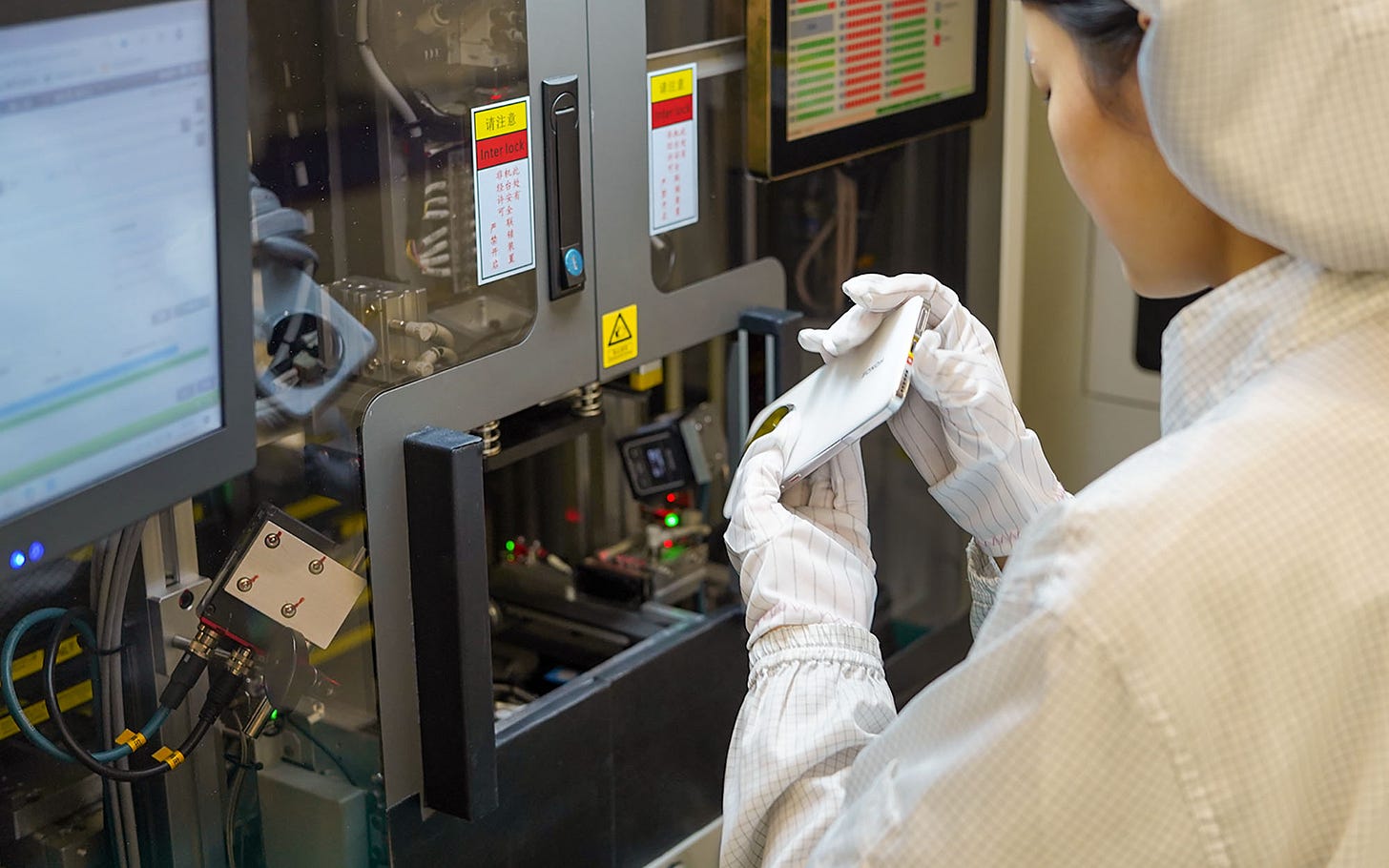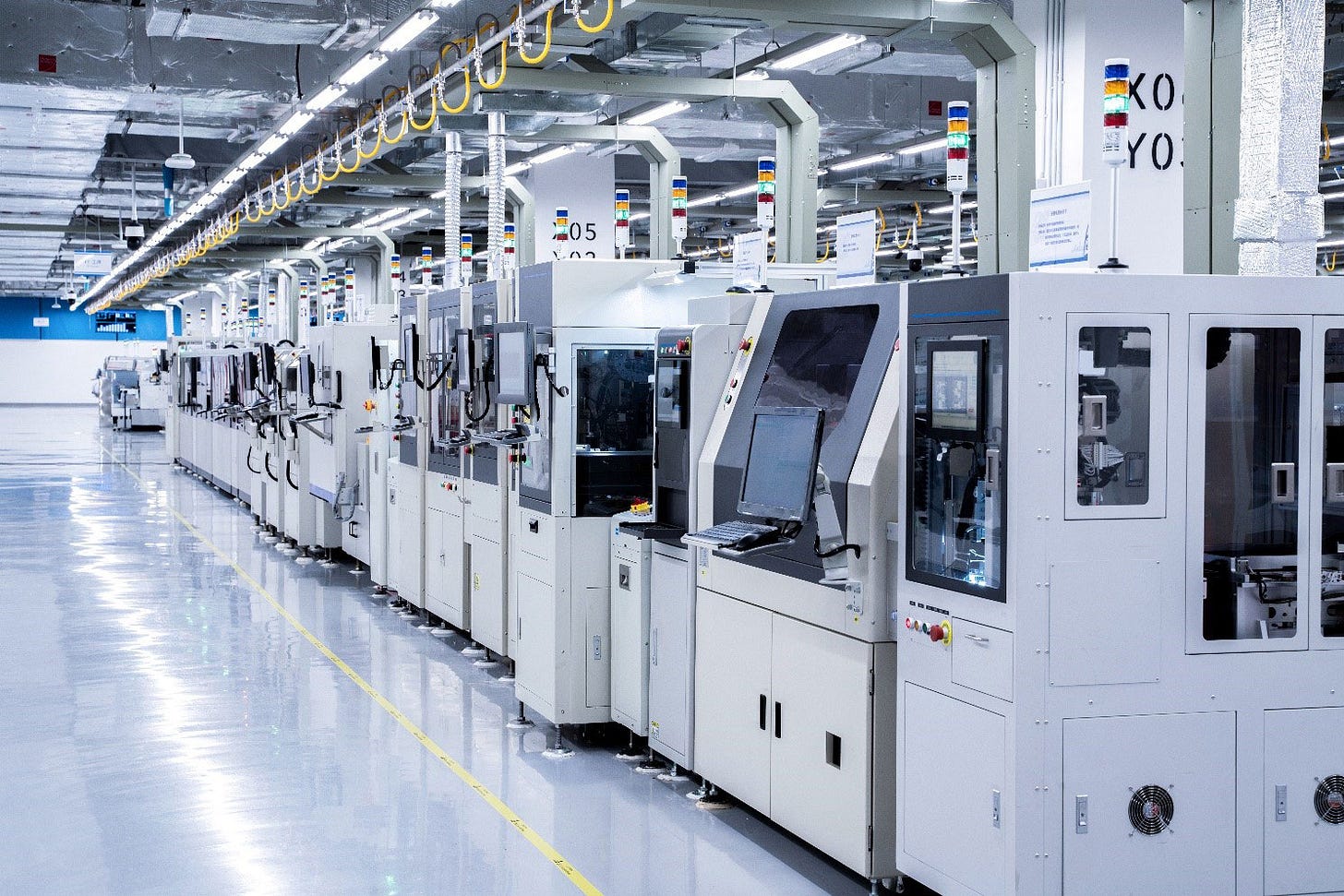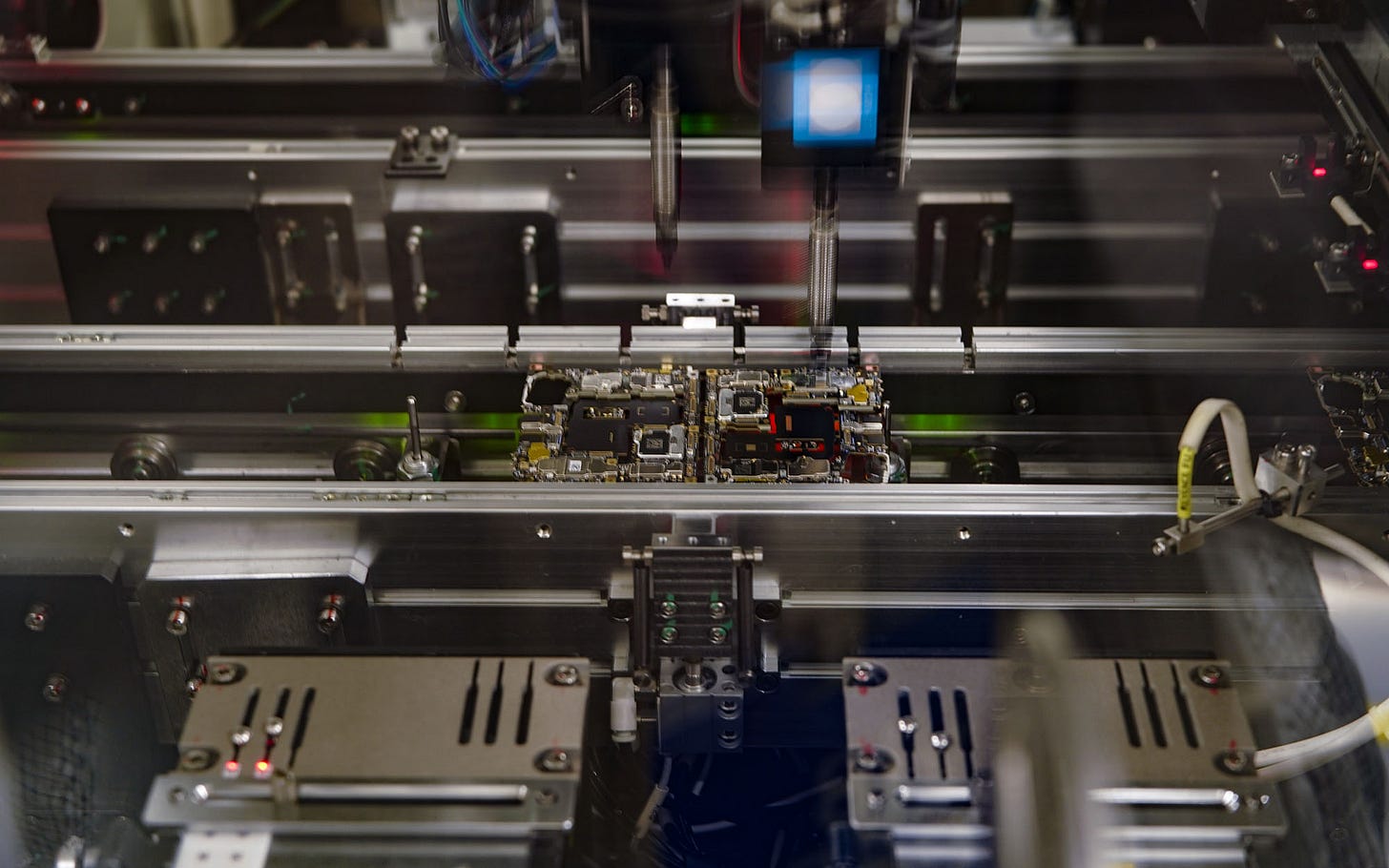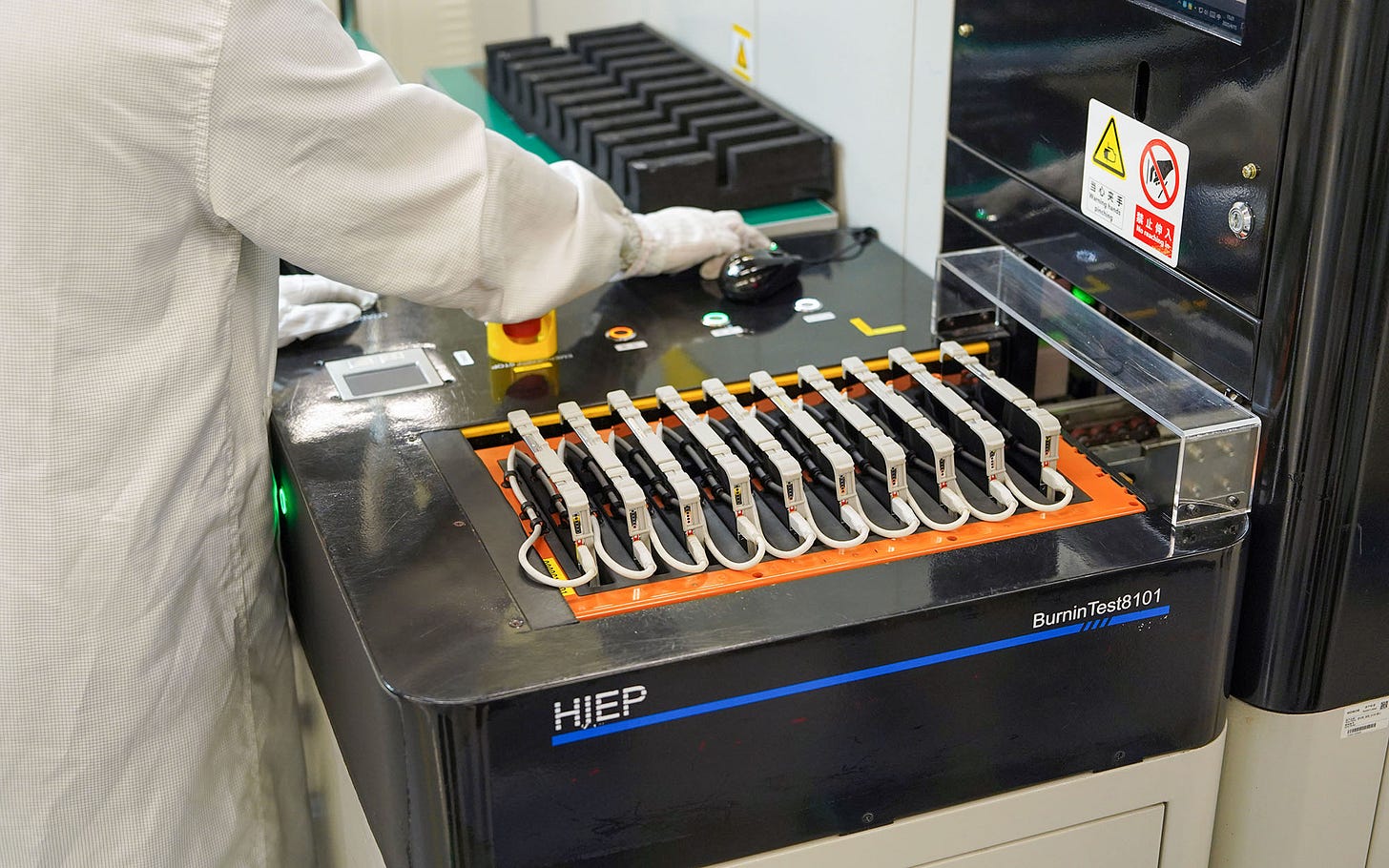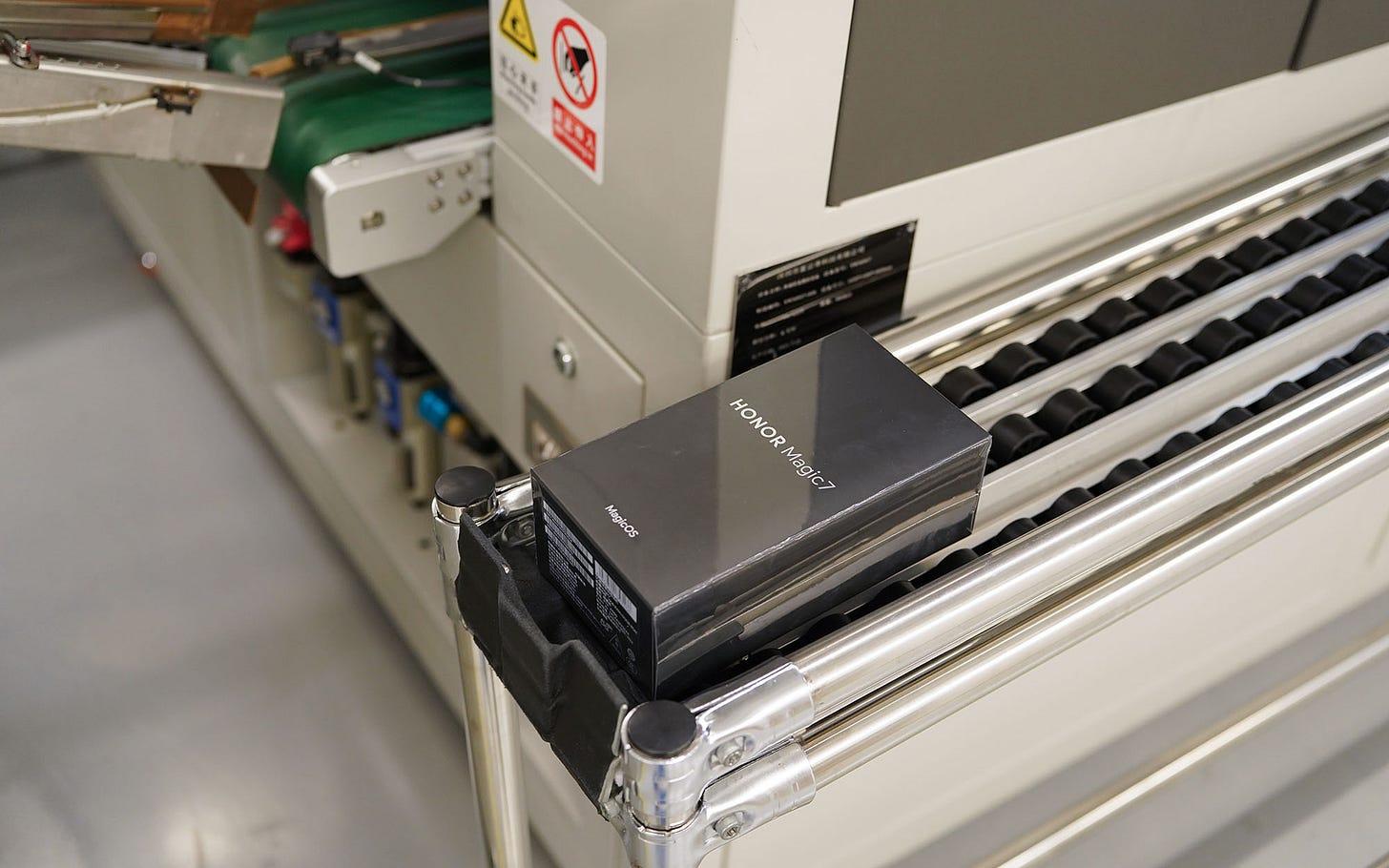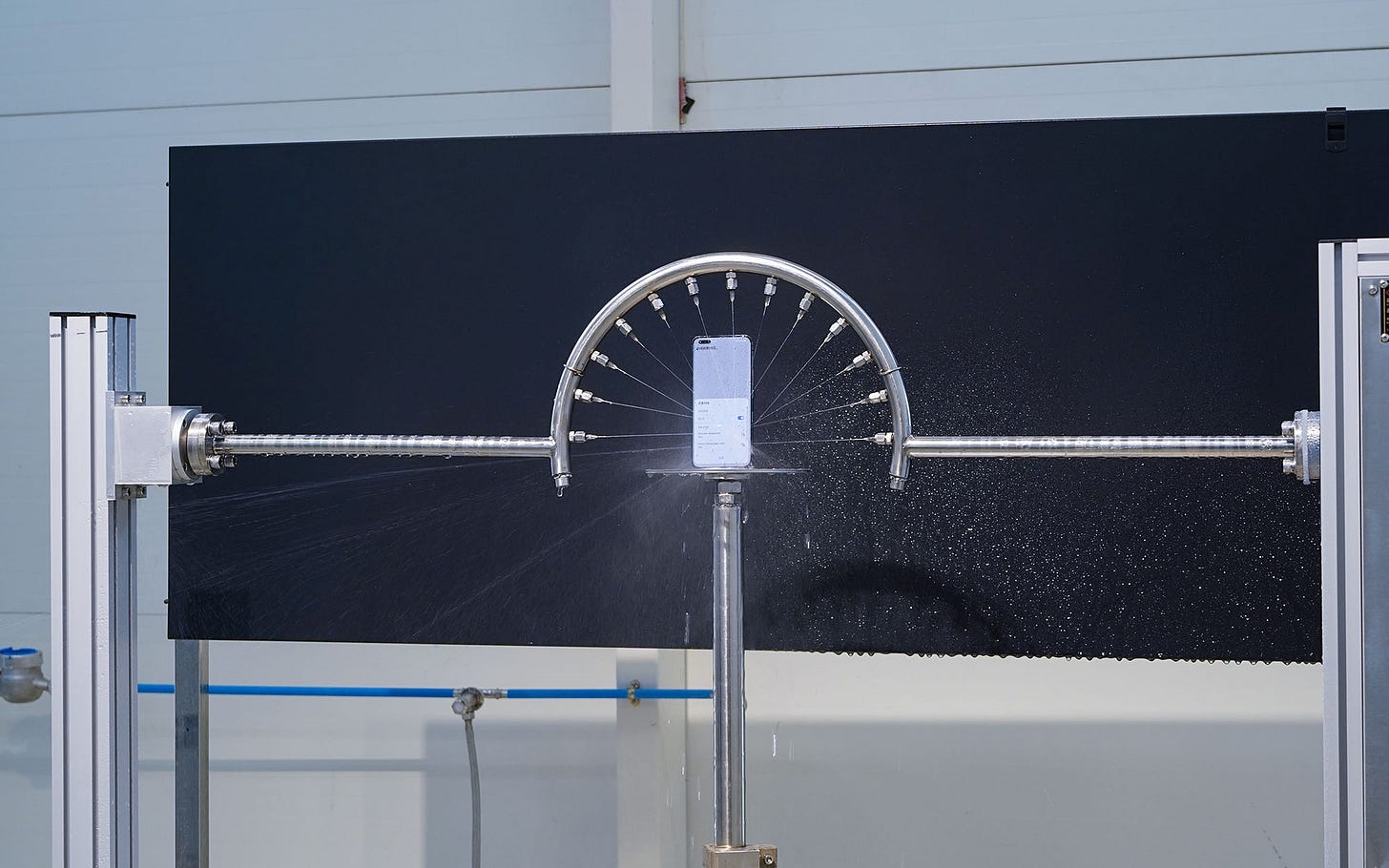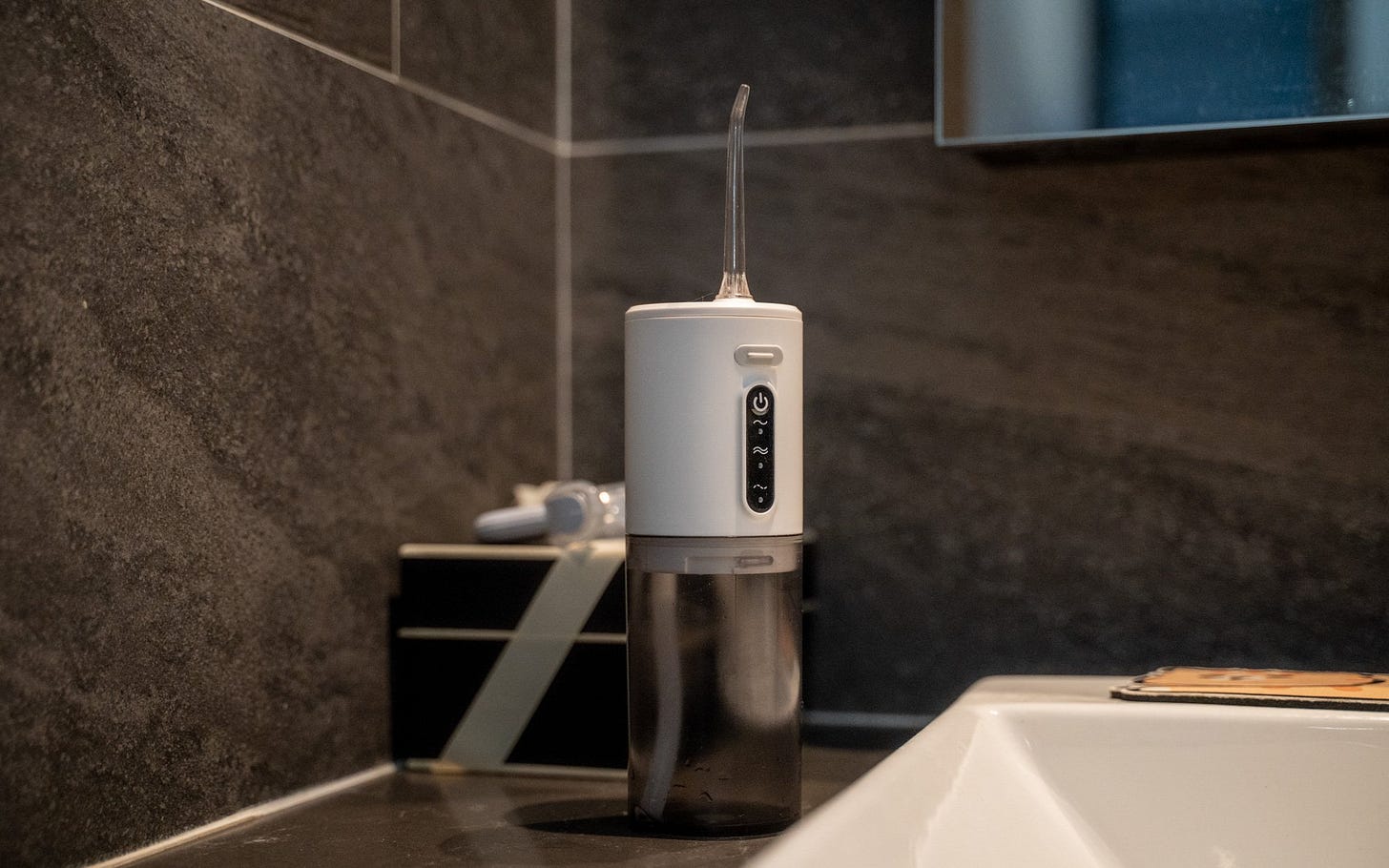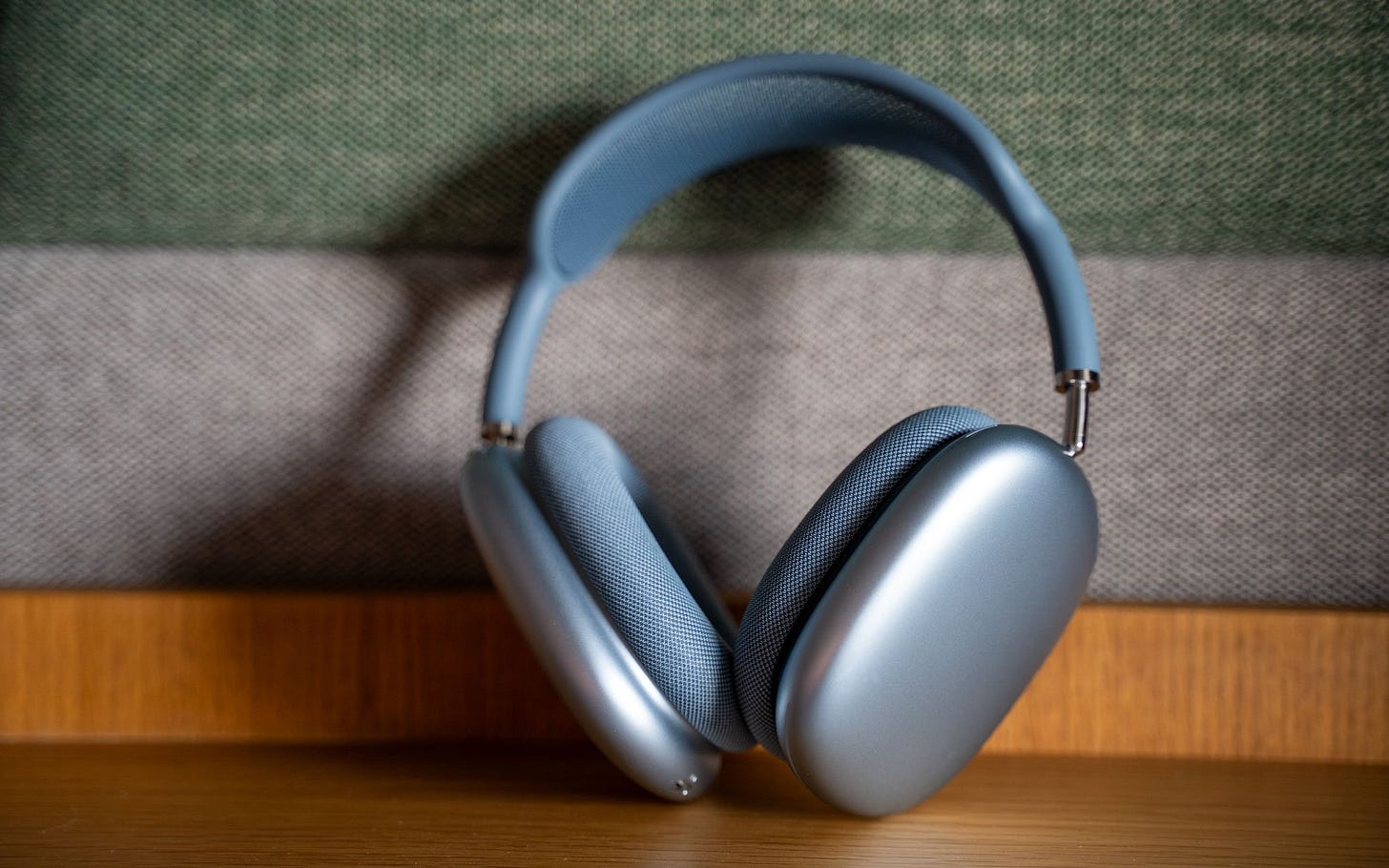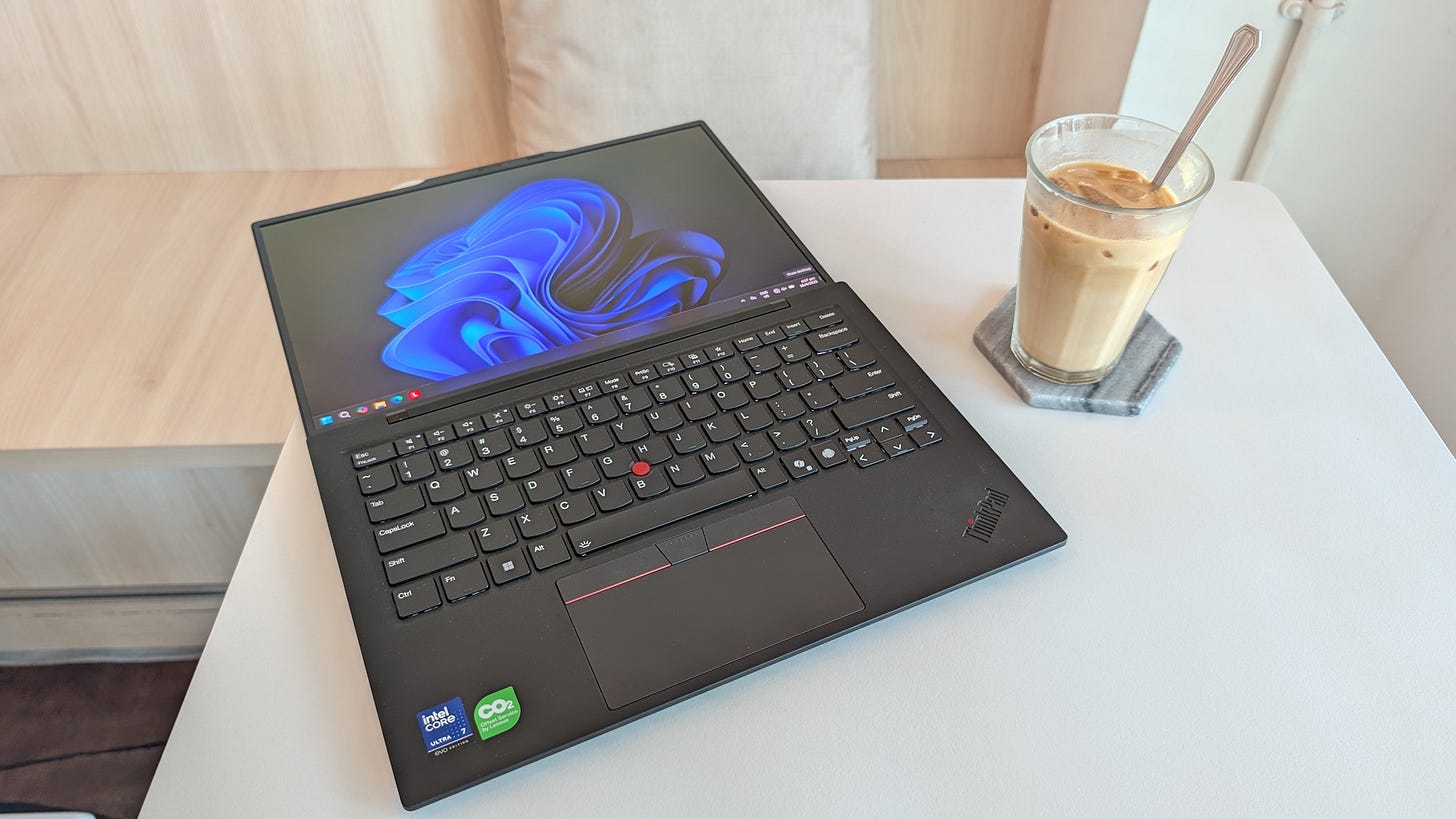Honor's smartphone factory is impressively hi-tech
Honor's Intelligent Manufacturing Industrial Park in Shenzhen shows just how difficult it is to start from scratch.
When most of us think of smartphones made in China, we probably imagine dozens of factory workers sitting in a line, deftly inserting components. But as I found out after a visit to Honor’s Intelligent Manufacturing Industrial Park in Shenzhen, barely any humans are involved these days.
Instead, I saw rows and rows of automated assembly machines, with Honor’s flagship phones made right before my eyes as I went down the line. The machines basically did 85% of the work, with the odd human here and there finishing the last 15%. I saw a lady working in a dust-free zone putting in camera lenses, with the next machine in line waiting to check if any dust got in.
Phones also undergo an aging burn-in test while being made, which streamlines the process. In fact, each line churns out around 120 phones an hour, and this includes the phone being placed in the packing box and wrapped. It’s honestly quite impressive, and got me wondering if it’s possible to even replicate it elsewhere.
I suspect it’s entirely possible to say, do it in Singapore or even the US, by just shipping out the machines wholesale. But these places will be missing China’s logistics ecosystem, which can supply all the critical components without breaking a sweat (and also keep costs down). They also have the specialised technical know-how to fix issues, which will need to be imported, and that’s not going to be easy.
Honor also took us to visit its R&D labs, which featured everything from using high-performance computers to simulate issues to actual physical testing with anechoic chambers for radio frequencies to the standard weathering, water resistance, and drop tests.
It’s certainly been an eye-opening experience, especially when I think back to other factory visits in the past decade which involved a lot more human labour. The quality of Honor’s products (and well China in general) is no joke, and it’s no surprise why the country is the choice for manufacturing, tariffs notwithstanding.
China has spent decades working on this, and while some manufacturing has shifted to India and Vietnam, a significant portion, especially high-tech products, are still made in China, and it’s likely such efforts won’t be as efficient elsewhere just yet. While having diversity is a good thing, I’m guessing manufacturers will likely have to accept the tariff costs for now, and hope that the US comes to its senses soon.
In our latest reviews, we looked at a premium ultraportable laptop from Lenovo, an oral irrigator from Xiaomi, and Apple’s AirPods Max, now upgraded with USB-C.
If you’re thinking of water flossing, consider the Xiaomi Youpin Oral Irrigator 3. Not only is it fairly affordable at around S$20, its lowest setting isn’t too strong, and is hence unlikely to cause your gums to bleed. The water tank is also removable, so it’s easier to pack for travel. Battery life is pretty good, and you should get over a month of use on a single charge.
The new Apple AirPods Max now comes with a USB-C port, though it didn’t get the chip upgrade many were hoping for. But it does now support lossless audio, which caps out at 24bit, 96khz ~3500kbps (Hi-Res Lossless), and requires a digital-to-analog converter. Audio-wise, these headphones deliver pretty solid audio with a nice balance of mids and highs. Noise cancellation is also good, but battery life will take a hefty hit with this feature enabled.
The latest Lenovo ThinkPad X1 Carbon retains that familiar appearance of previous models, from the distinctive red nub to the soft-touch and lightweight carbon-fibre chassis. It’s the lightest 14-inch ThinkPad X1 yet at 961g, and is powered by Intel's latest Core Ultra Series 2 chip. Expect to pay S$2,600 and more for this premium notebook.




